These emergency medical flights have saved thousands of lives during the past 100 years.
In 1909 he taught himself to fly in a plane he built himself.
His was French pilots license number 10.
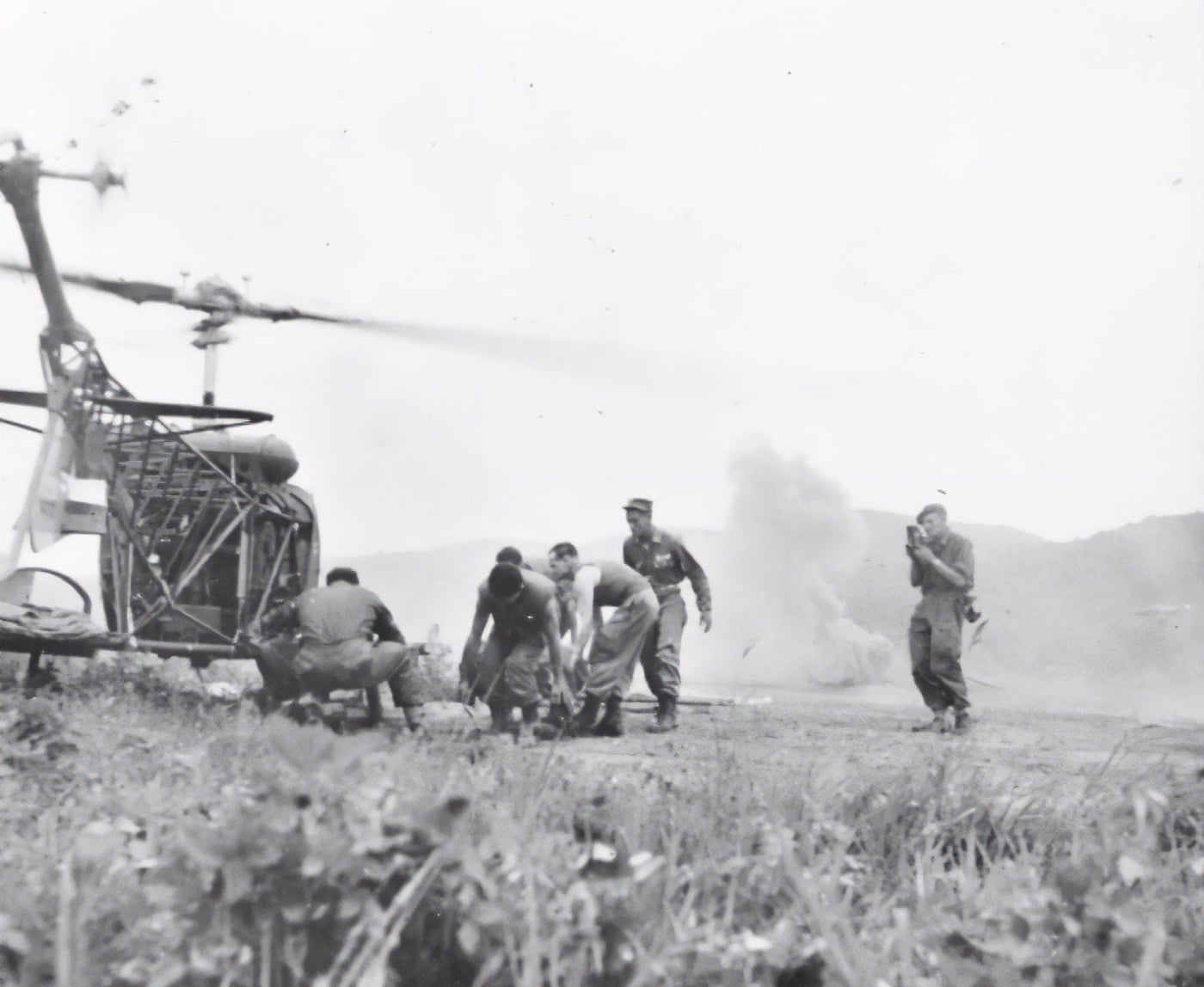
Medical evacuation of an injured soldier by aBell H-13 Sioux helicopterduring the Korean War. An explosion is seen in the background behind the stretcher bearers. Image: AWM
The first 10 were issued in a single batch, and the numbers were assigned alphabetically.
Milan Rastislav Stefanik was a Slovak polymath and an experienced diplomat, politician and astronomer.
Like Paulhan, he was also one of the worlds first pilots.
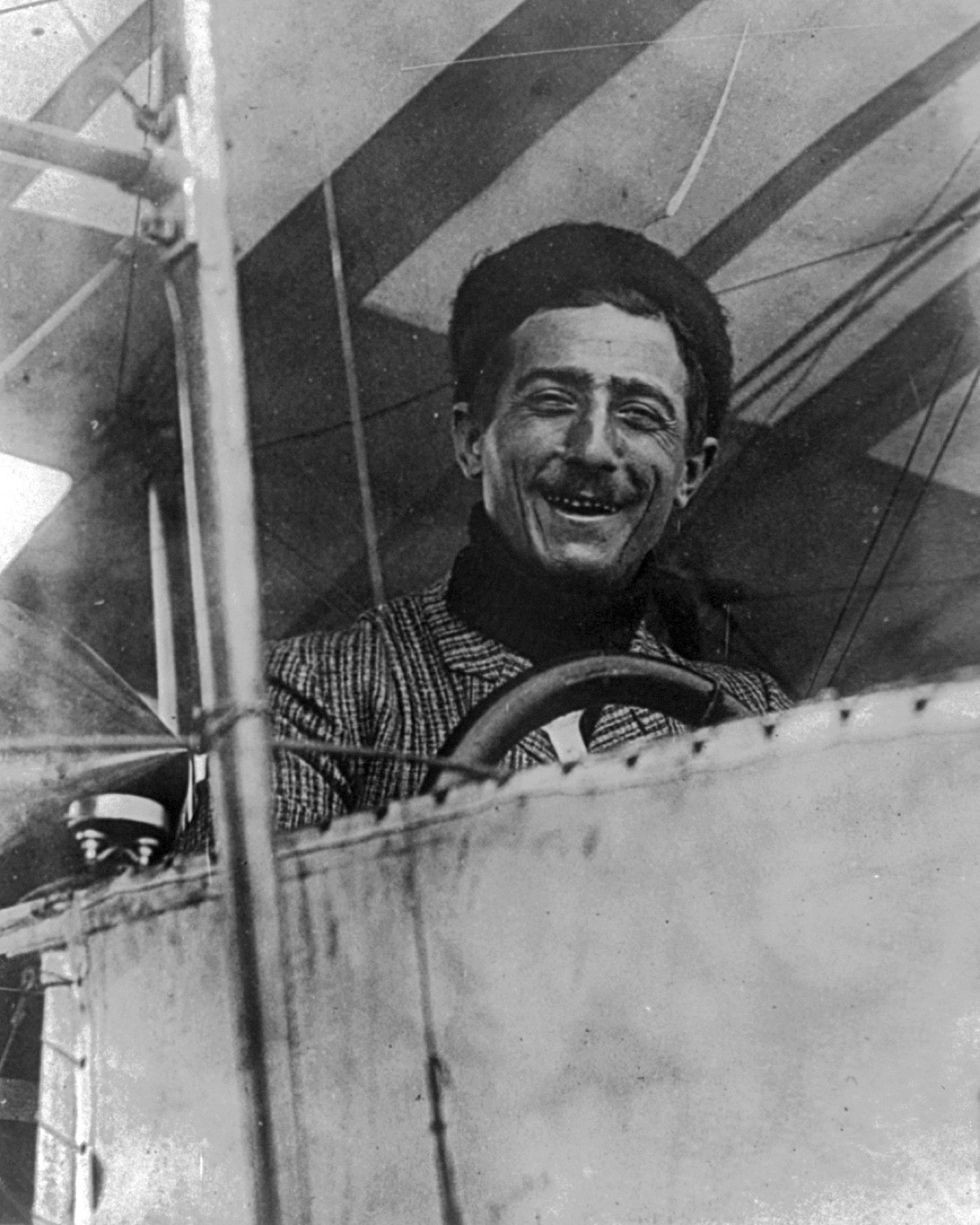
This is pioneering French pilot Isidore Auguste Marie Louis Paulhan. He flew the world’s first aerial medical evacuation mission.
In the Fall of 1915 while serving in the war zone, Stefanik became gravely ill. With it, the entire world shifted just a little bit.
He trained on the YR-4B helicopter at the Sikorsky plant during World War II.
The YR-4B was a fragile spindly thing that cruised at a positively glacial 65 miles per hour.
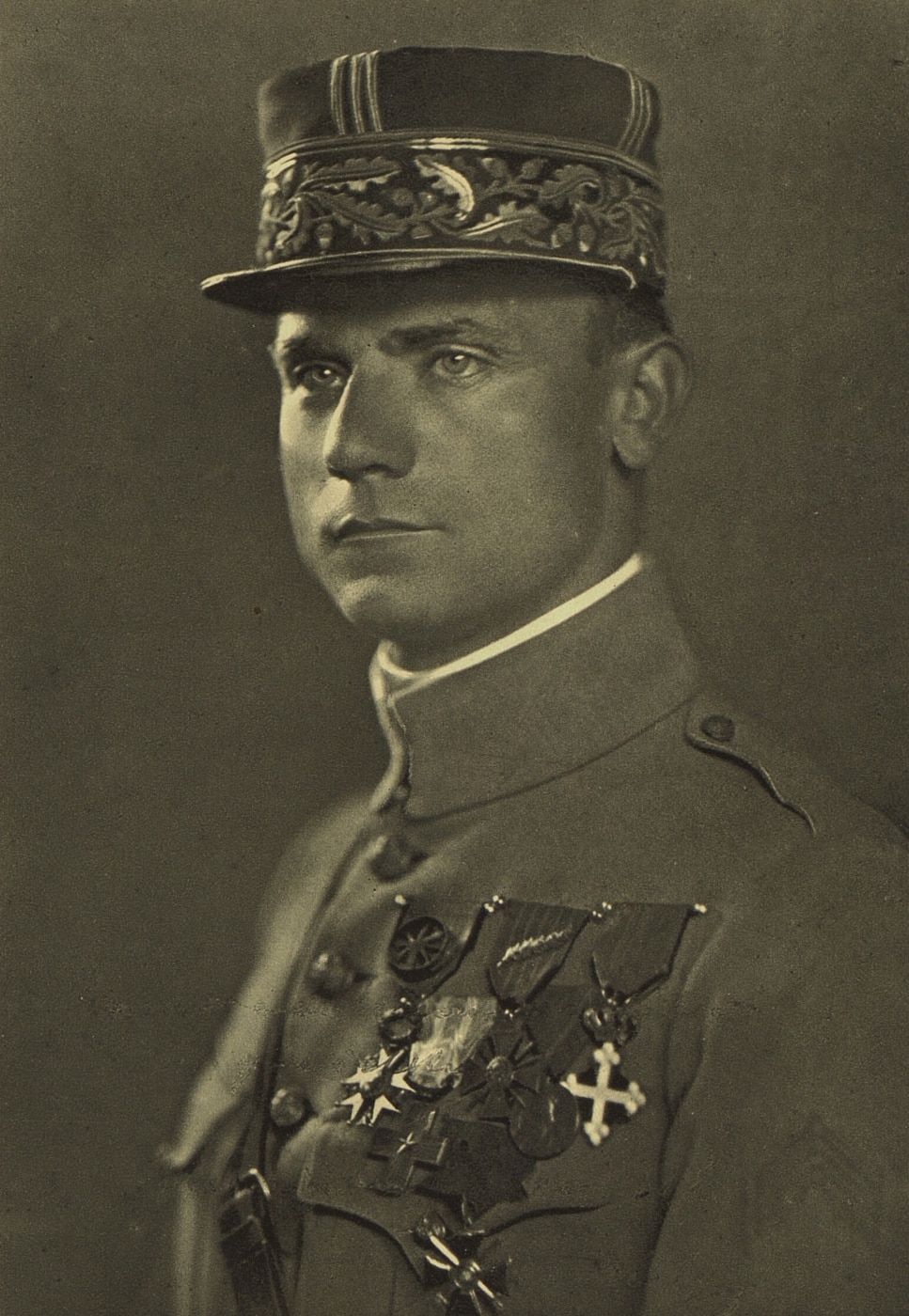
Milan Rastislav Štefánik would eventually become the Minister of War for Czechoslovakia. An impromptu airplane ride when he became critically ill during WWI made him the world’s first known medevac patient.
The YR-4B was really a rubbish aircraft.
Of the four machines in Harmans unit, only one was airworthy.
It took him two full days to retrieve all four Allied soldiers.
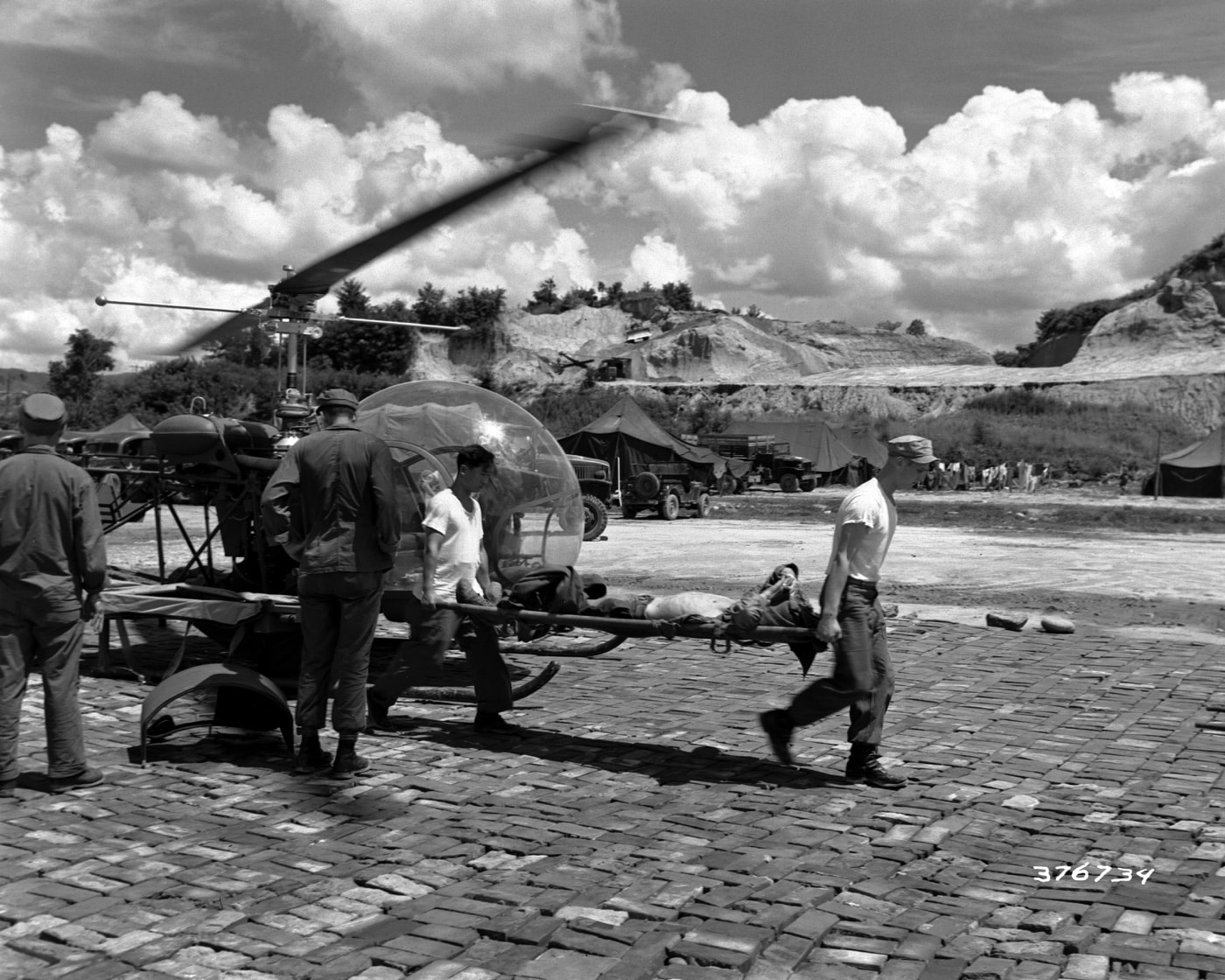
A wounded soldier arrives at the the 8076th Mobile Army Surgical Hospital, 8th US Army, Korea. A Bell H-13 Sioux helicopter carried him from the front, greatly increasing his odds of survival. Image: DoD
The Lifesaving Golden Hour
The human machine is hardwired from the factory to live.
Uncle Sam got truly serious about aeromedical evacuation during the Korean War.
During the Civil War, that number became one in three.
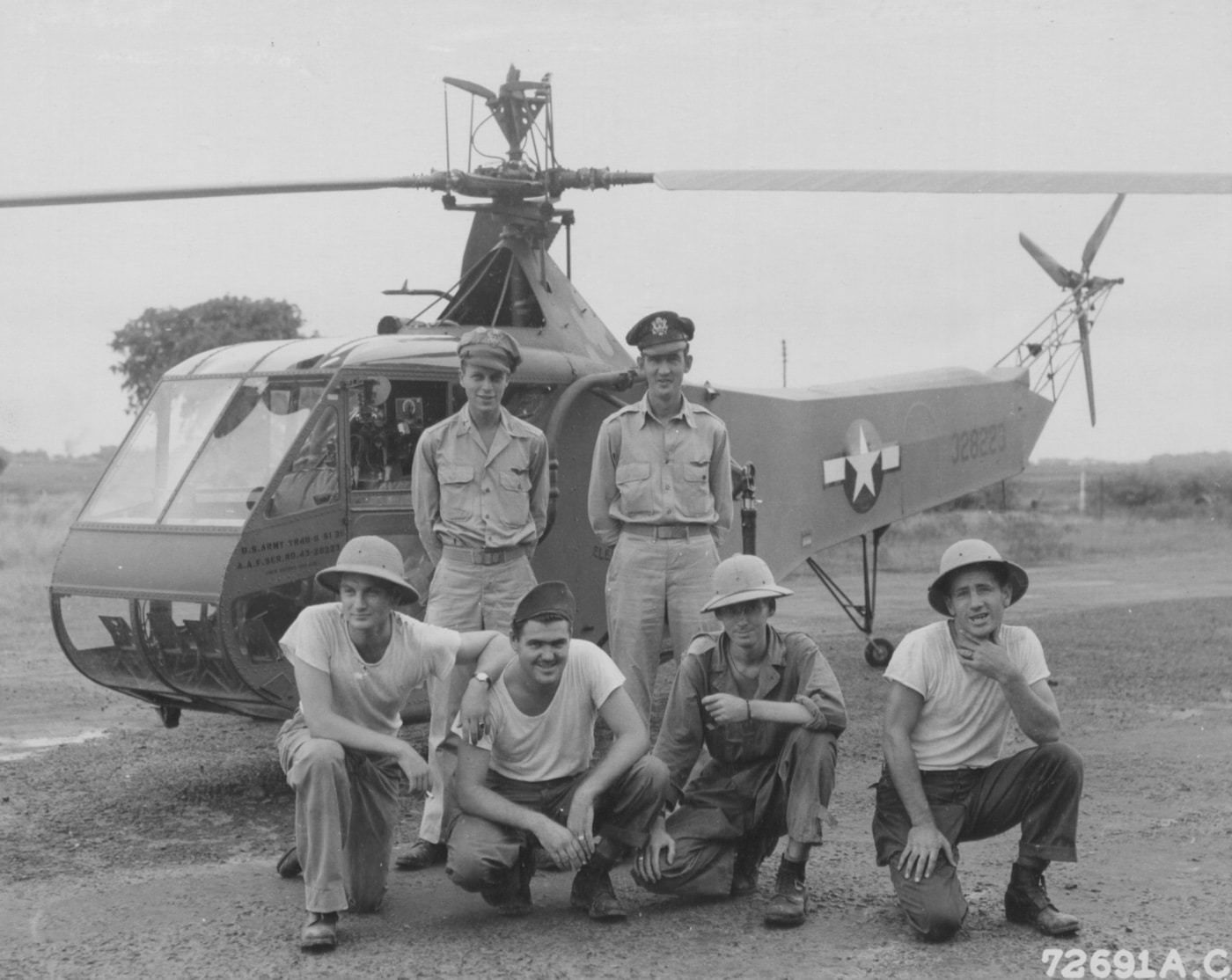
A crew poses for a photograph next to their Sikorsky YR-4B Helicopter of the 1st Air Commando Group at Asansol, India in June 1944. Image: NARA
In Korea, three quarters of our wounded survived.
That got slightly better in Vietnam.
It was there that aeromedical evacuation first began to be called Dustoff.
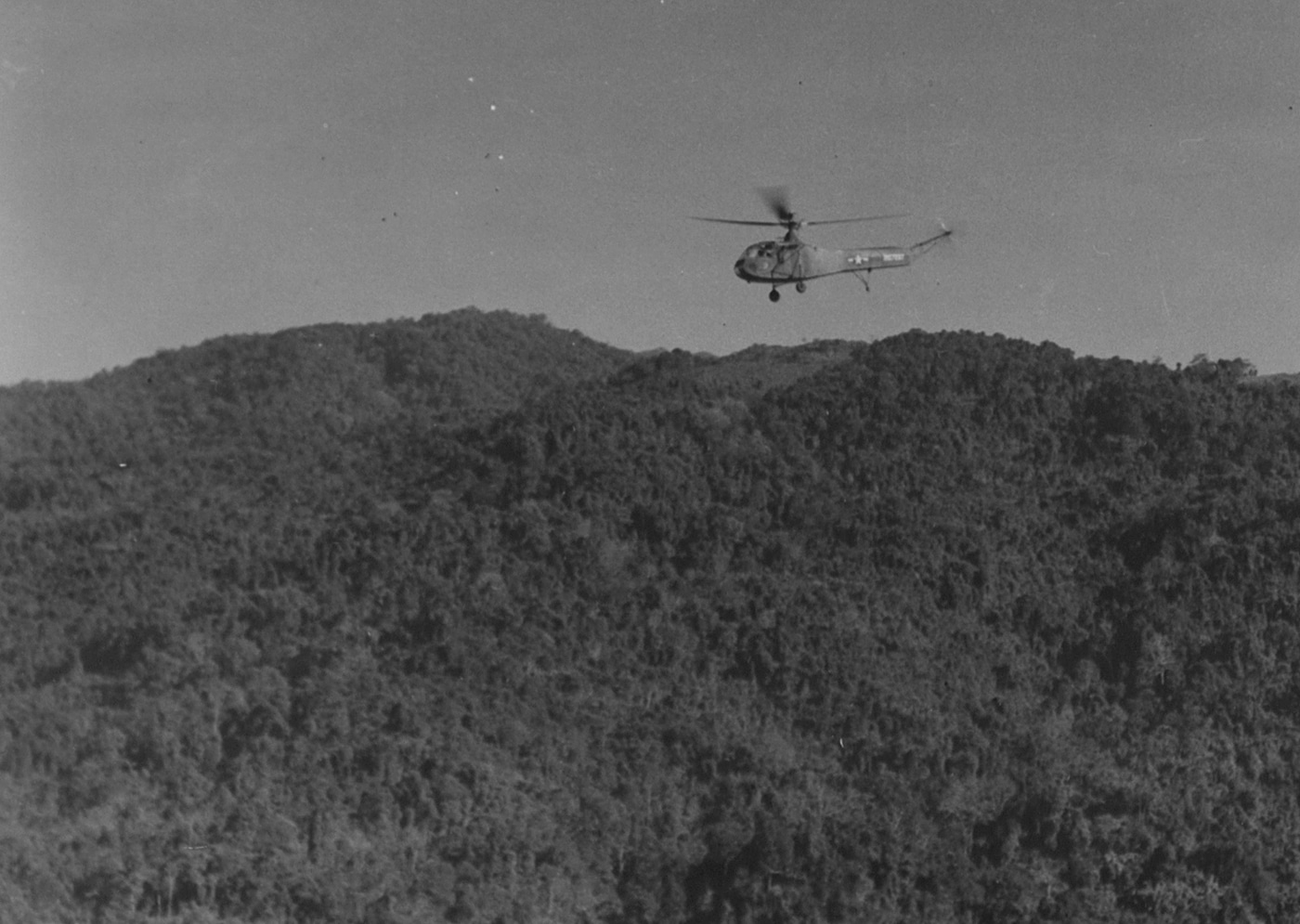
The YR-4B helicopter is shown transporting a wounded soldier to Sinkaling Hkamti Airstrip, Burma, where a Vultee L-5 plane took the man to a military hospital. Image: NARA
By the time we were fighting in the Middle East, we had raised medevac to an art form.
92% represents the best overall casualty survival rate in the history of armed conflict.
Part of that amazing success is indeed simply time.
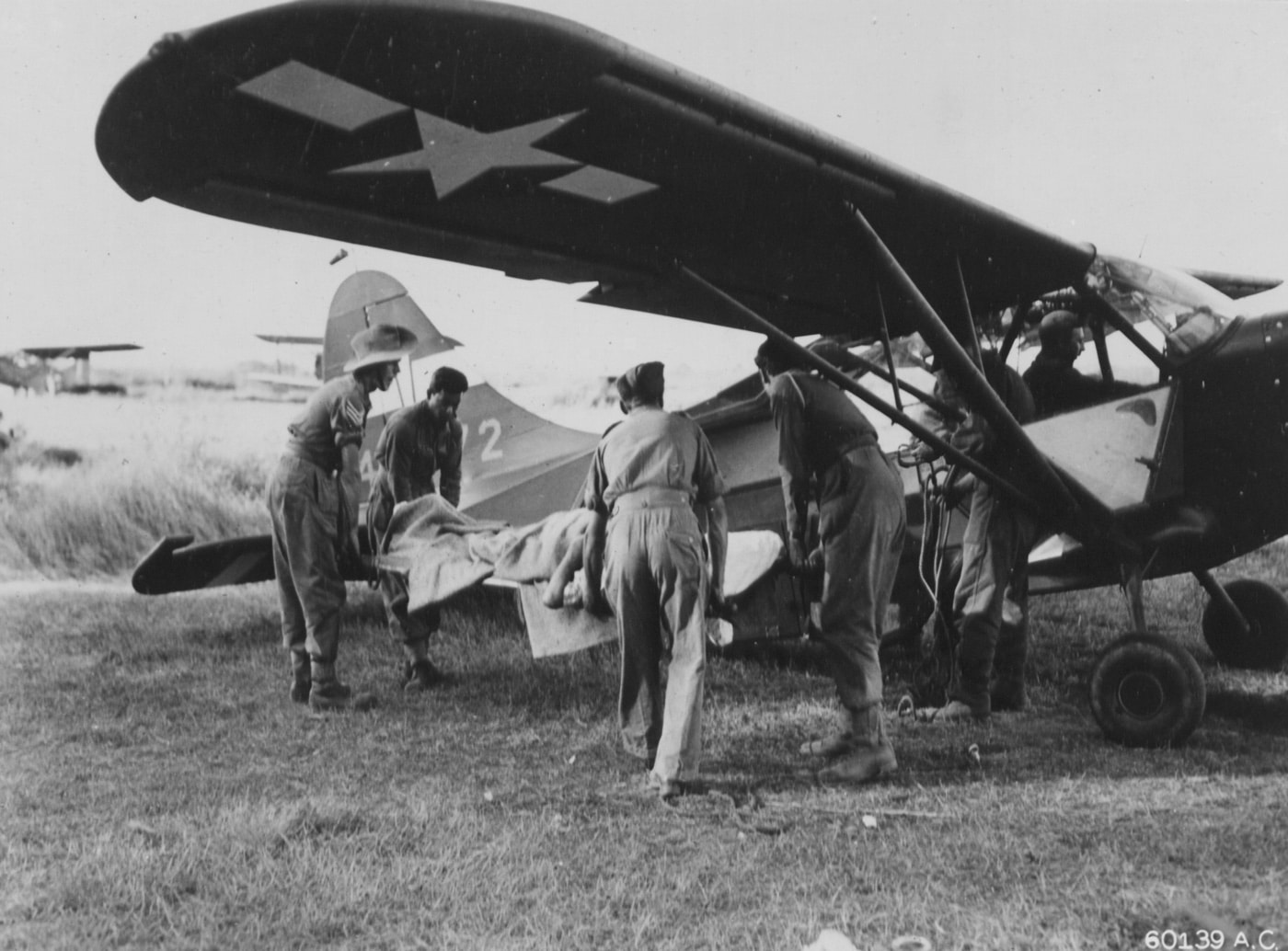
A wounded British soldier is loaded on a U.S. Vultee L-5 plane to be medically evacuated to a military hospital in India. He was wounded on Ramree Island by mortar and rifle fire. Image: NARA
However, another critical piece involves pushing medical support as far forward as possible.
All soldiers are taught basic combat medical skills and buddy aid.
Trained medics are integral components of modern American combat units.
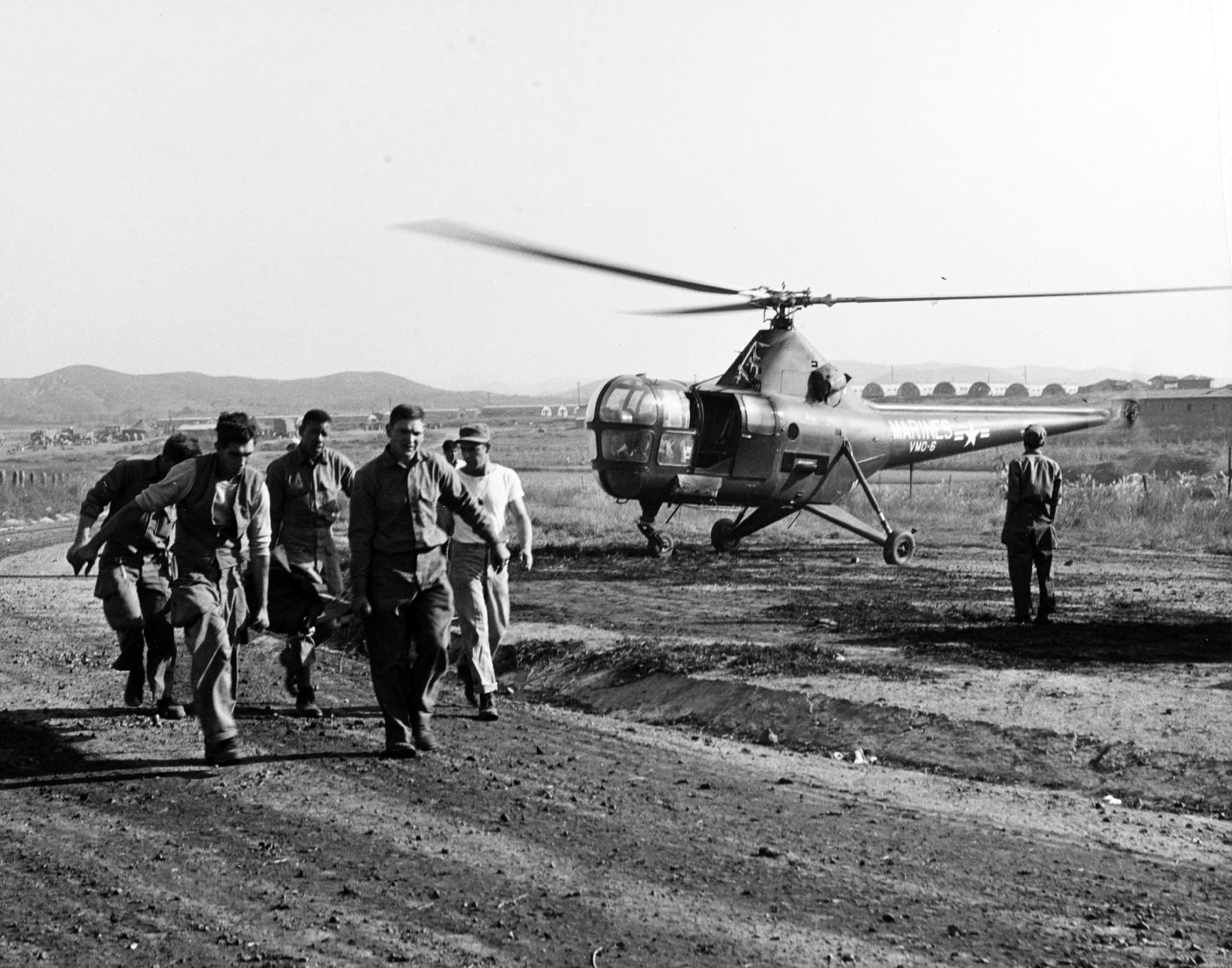
U.S. Navy Corpsmencarry a wounded Marine to a military hospital. The Marine was transported in a U.S.M.C. Sikorski H-5 (HO3S-1) medical evacuation helicopter from squadron VMO-6. Image: U.S. Navy
All in all, its a good time to live in the 21st century.
Weve indeed come a long ways from Isidore Auguste Marie Louis Paulhan and his rickety Maurice Farman biplane.
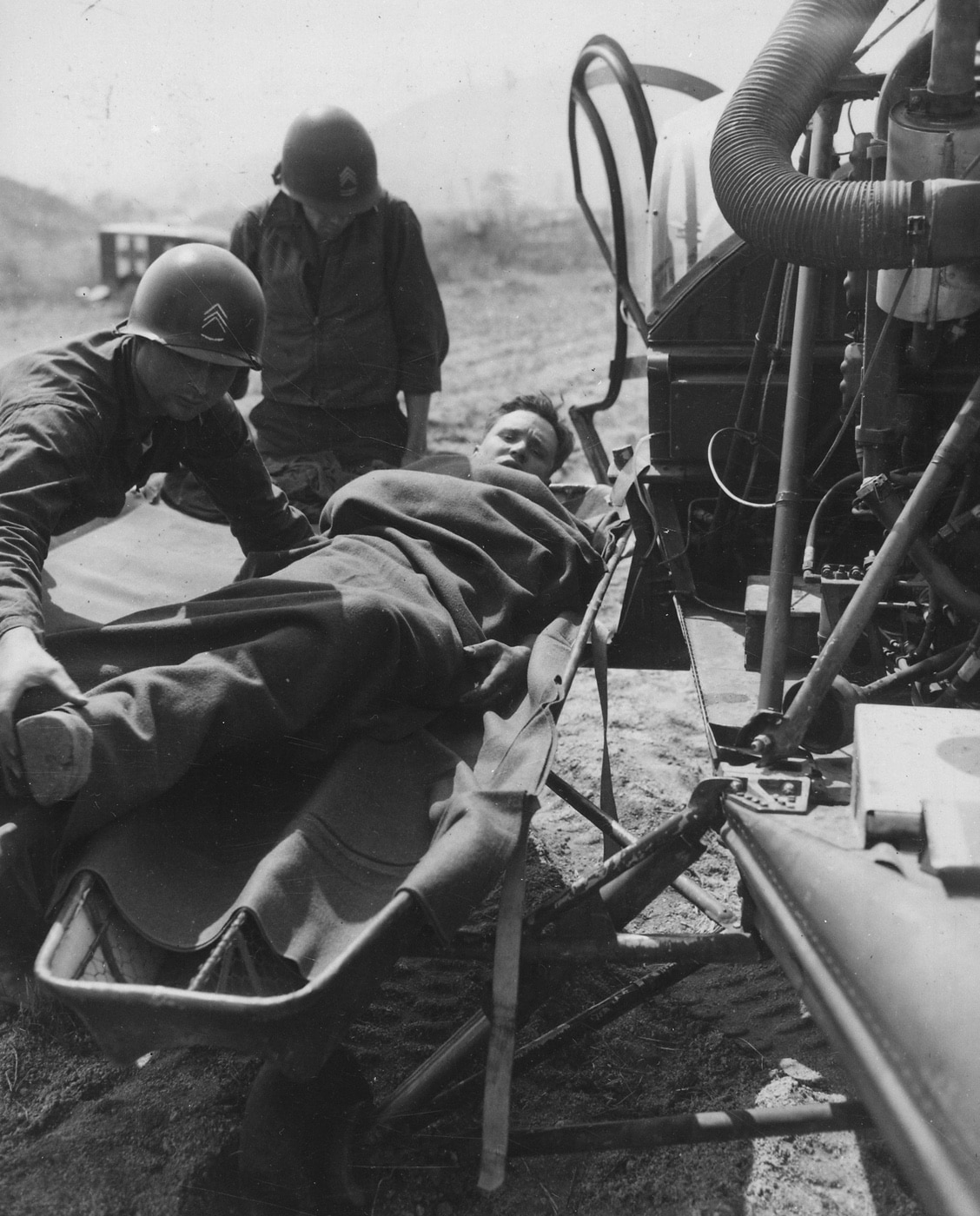
In 1951, a wounded American is lifted onto a helicopter at the 21st Infantry Regiment collecting station at Painmal, Korea, one mile south of the 38th Parallel, for evacuation to a base hospital. Image: NARA
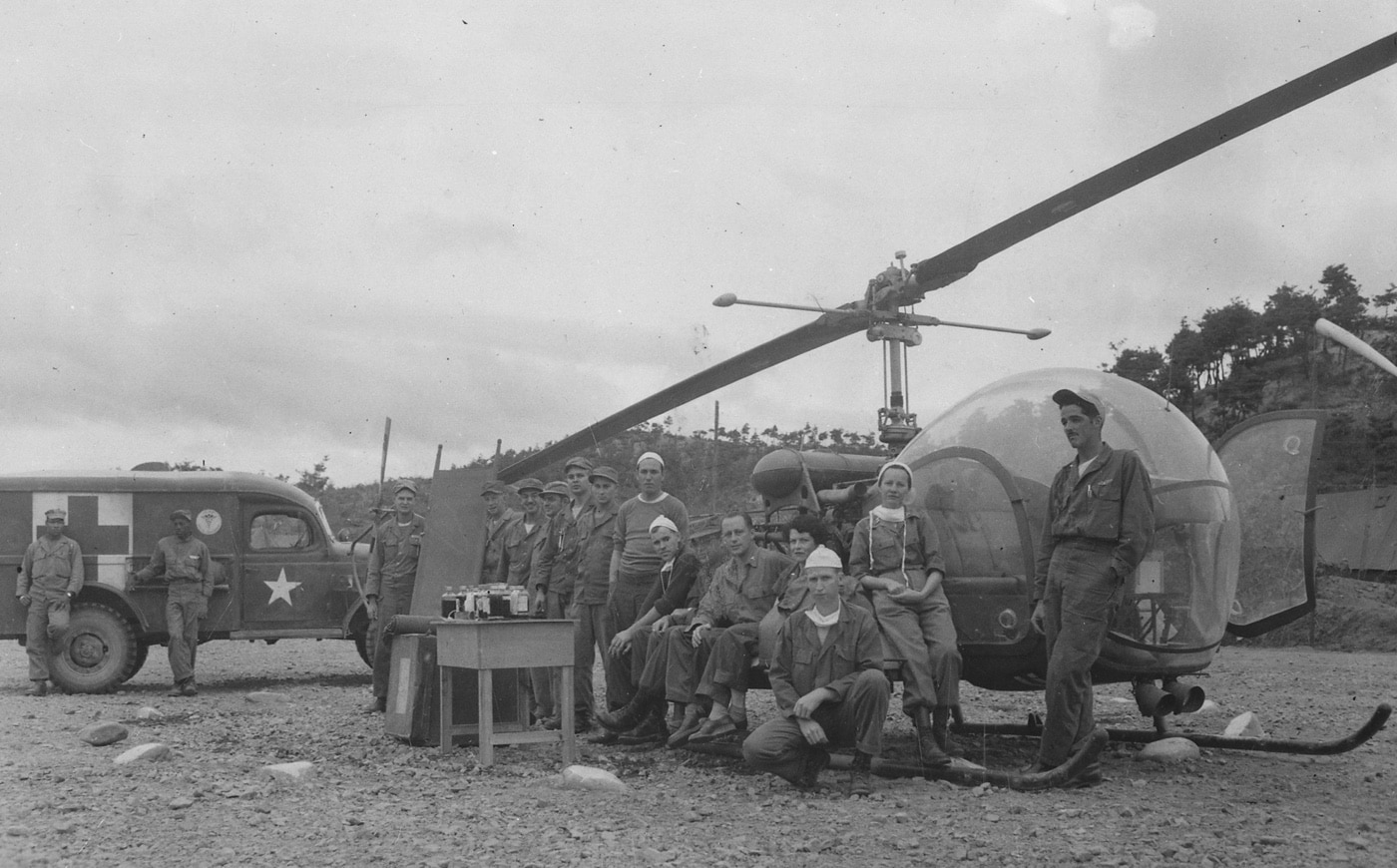
Personnel and equipment needed to save a man’s life wait for wounded soldiers to arrive at the 8225th Mobile Army Surgical Hospital, Korea. Image: NARA
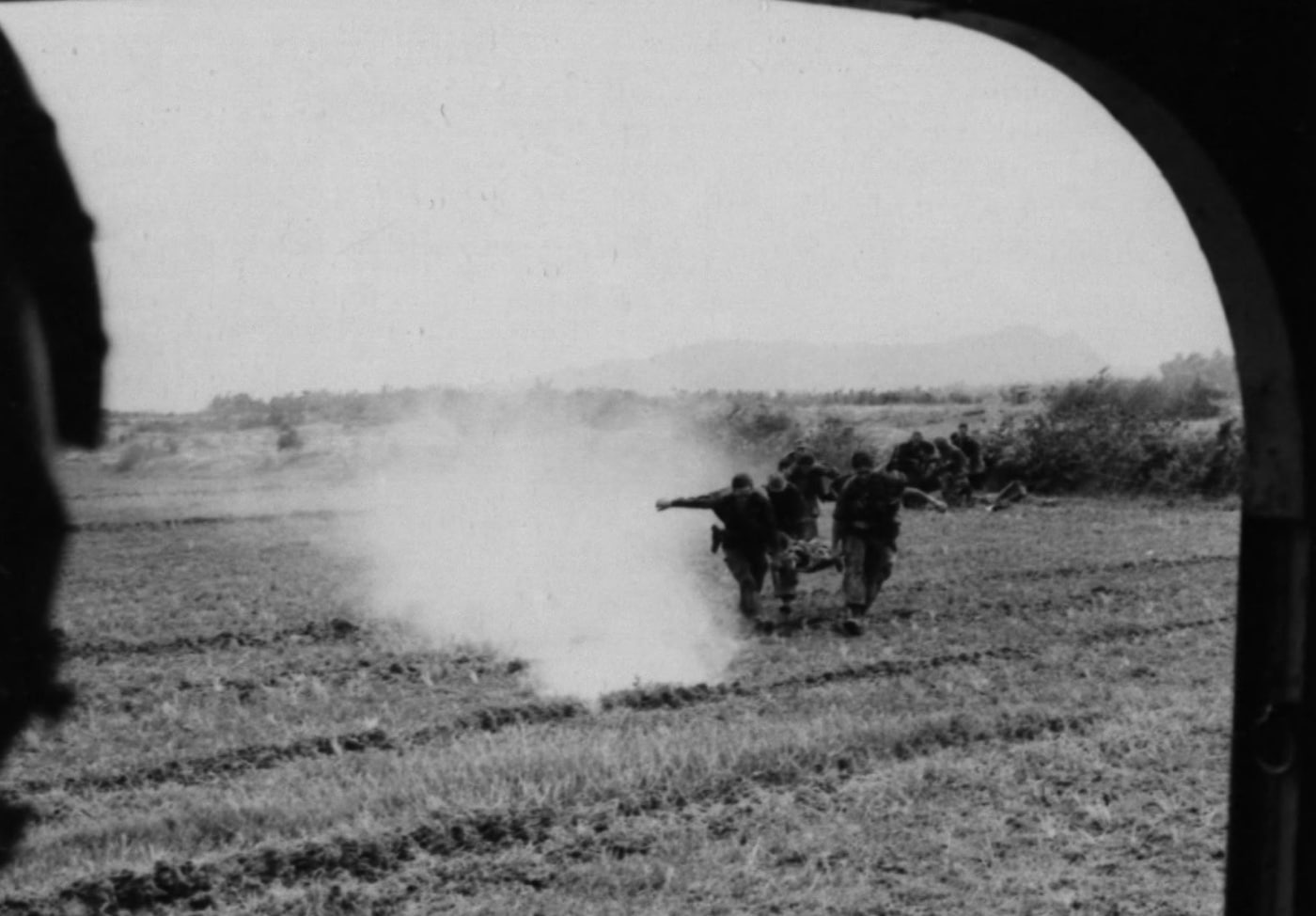
South of Da Nang, Marines carry a wounded comrade across a smoke-marked landing zone to a waitingH-34D Choctawmedevac helicopter during the Vietnam War. Image: Staff Sgt. W.F. Schrider/NARA
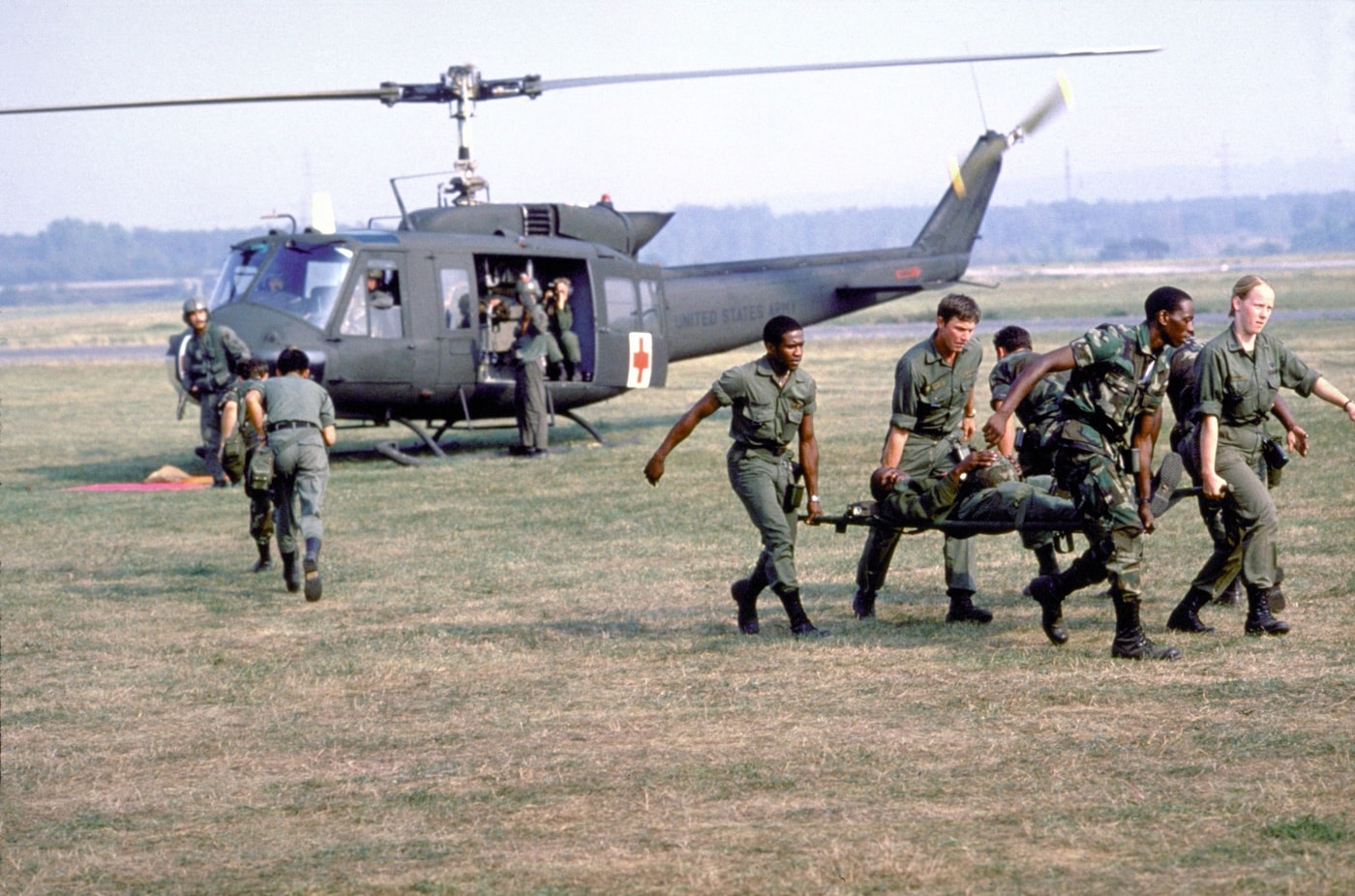
Medics rush a simulated combat casualty from a UH-1 Iroquois medevac helicopter to a Mobile Army Surgical Unit (MASH) during NATO-sponsored Autumn Forge exercises in 1982. Image: NARA
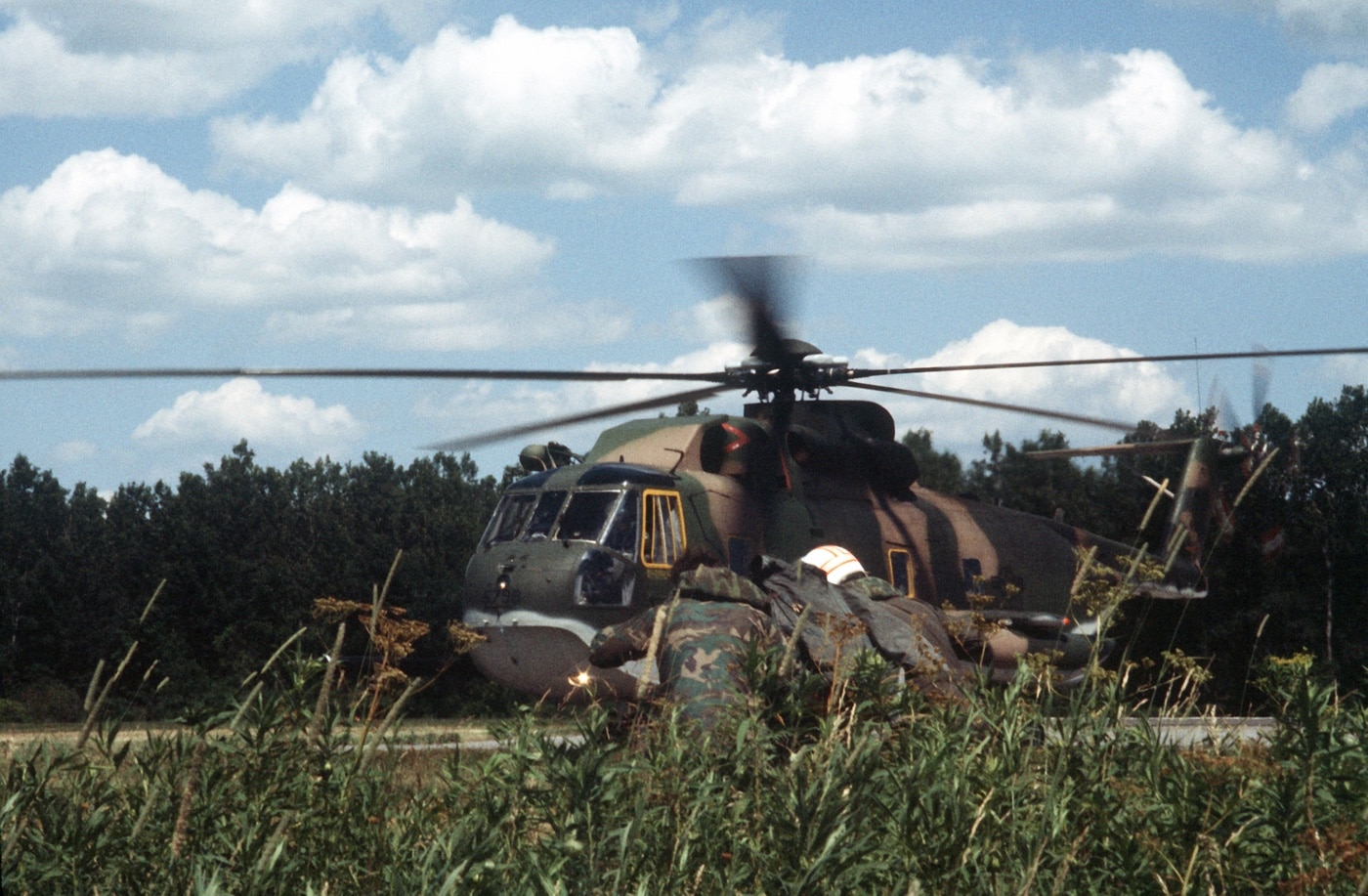
Pararescue Specialists (PJs) of the 106th Rescue Wing transfer a wounded pilot aboard anHH-3 Jolly Green Giant helicopterduring Sentry Castle ’81. Image: Cpt. John T. Franklin/U.S. Air Force
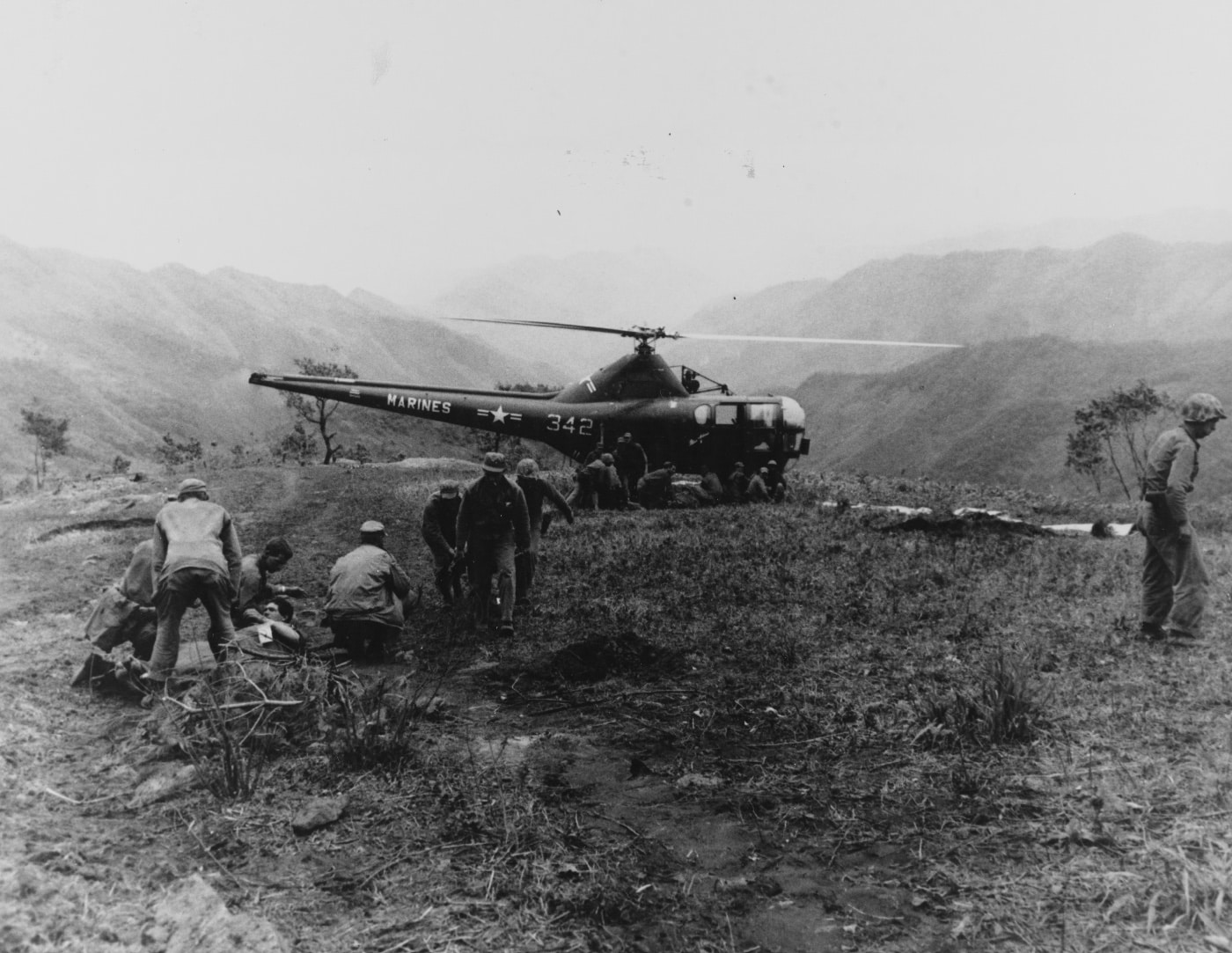
U.S. Navy corpsmen prepare three Marines wounded at Kari San Mountain for evacuation by a Sikorsky H-5 (HO3S) helicopter to a rear area hospital in May 1951. Image: U.S. Navy




